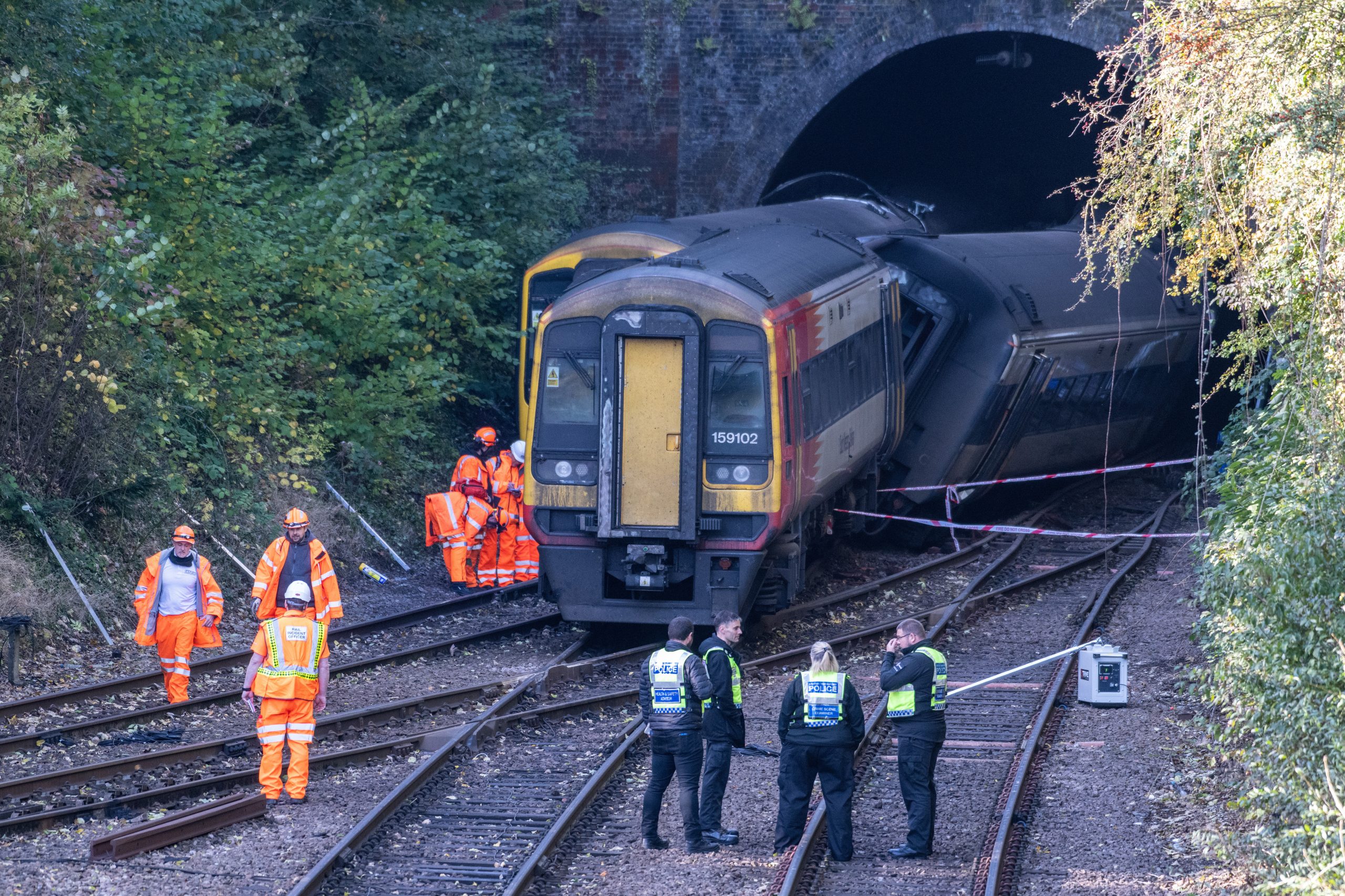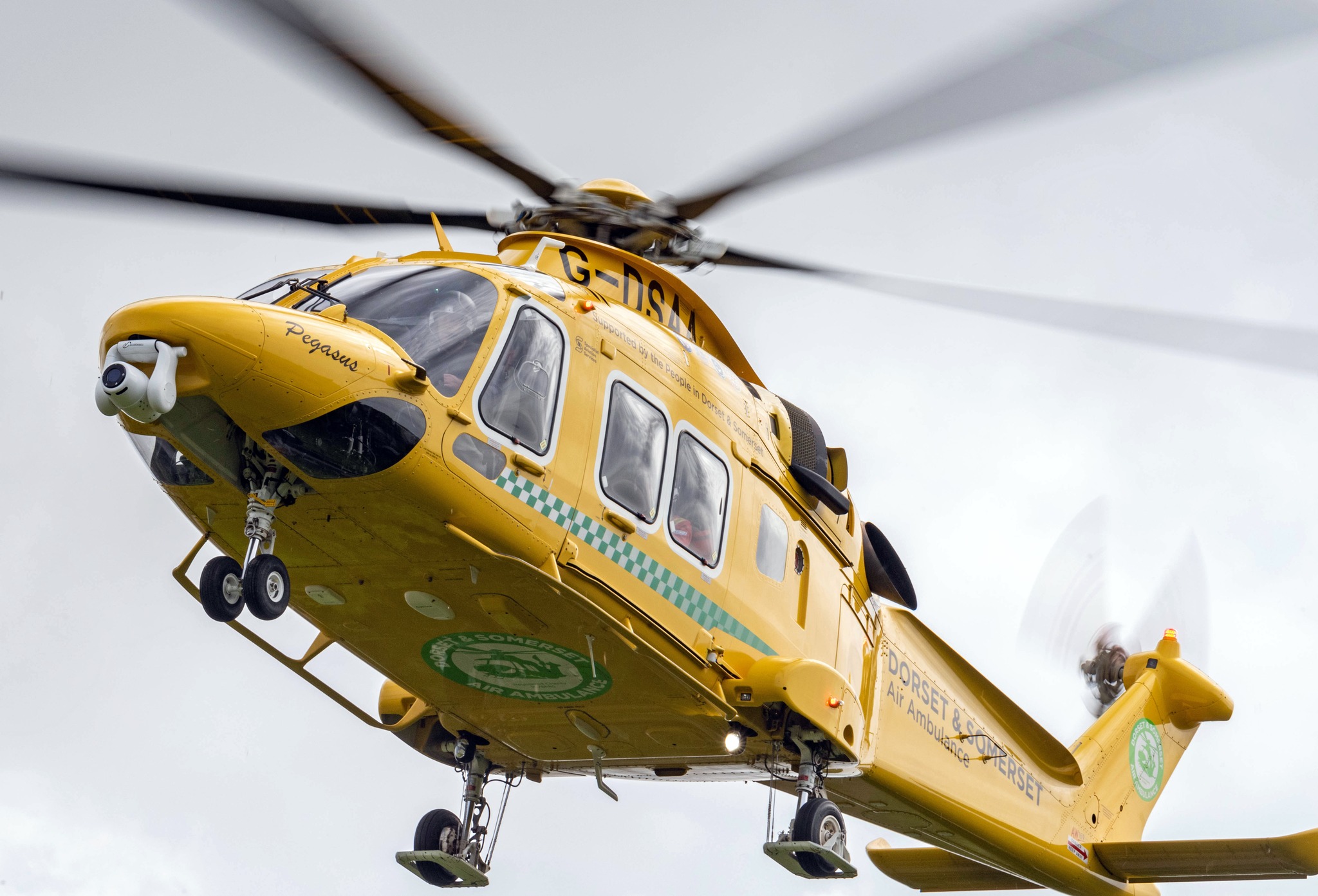Crushed leaves and drizzle have been revealed as the cause of the Salisbury train crash.
Fourteen people were injured in the major incident on 31 October 2021, which saw emergency services from across the country respond to Fisherton Tunnel.
A South Western Railway train failed to stop at a stop signal in good time, ploughing into a Great Western Railway passenger service travelling to Bristol Temple Meads.
A report by the Rail Accident Investigation Branch (RAIB) concluded that crushed leaf contamination on the rails and a band of drizzle in the area caused the crash.

It’s also said that “the driver did not apply the train’s brakes sufficiently early on approach to the signal protecting the junction to avoid running on to it, given the prevailing low level of adhesion.”
The report found that Network Rail “had also not effectively managed the contamination on the railhead with either proactive or reactive measures”.
The RAIB’s investigation found that a probable underlying factor was that Network Rail’s Wessex route did not effectively manage the risks of low adhesion associated with the leaf fall season.
It also found that South Western Railway not effectively preparing its drivers for assessing and reporting low adhesion conditions was a possible underlying factor.

As a result of the collision, the 74-year-old South Western Railway train driver suffered life-changing injuries. He was airlifted to Southampton Hospital’s regional trauma centre for treatment.
Dorset and Somerset Air Ambulance, the HM Coastguard from Wales and two National Police Air Service (NPAS) helicopters – from Bournemouth and Oxford- have been in attendance.
Wiltshire and Dorset Fire and Rescue Service, supported by neighbouring Hampshire and Isle of Wight Fire and Rescue Service, have in excess of 50 firefighters at the incident.
“This was a very serious accident and the first time since our inception in 2005 that RAIB has investigated the collision of two passenger trains travelling at significant speed”, Andrew Hall, Chief Inspector of the RAIB, said.
“Fourteen people were taken to hospital, including two who were seriously injured.
“The phrase ‘leaves on the line’ may cause some to smile. But the risks associated with leaves being crushed onto the top of rails by the pressure of trains’ wheels, resulting in a slippery layer, is very real and long known.
“As with many accidents, this one resulted from a combination of many different circumstances coming together, both in the time before the accident and on the day. As a result, the barriers put in place to avoid this type of event did not work effectively.
“Accidents like this are thankfully very rare, but it is vital that we learn the lessons when things do go wrong. Along with action already taken by industry, the ten recommendations we have made today will minimise the chances of an accident like this happening again.”







